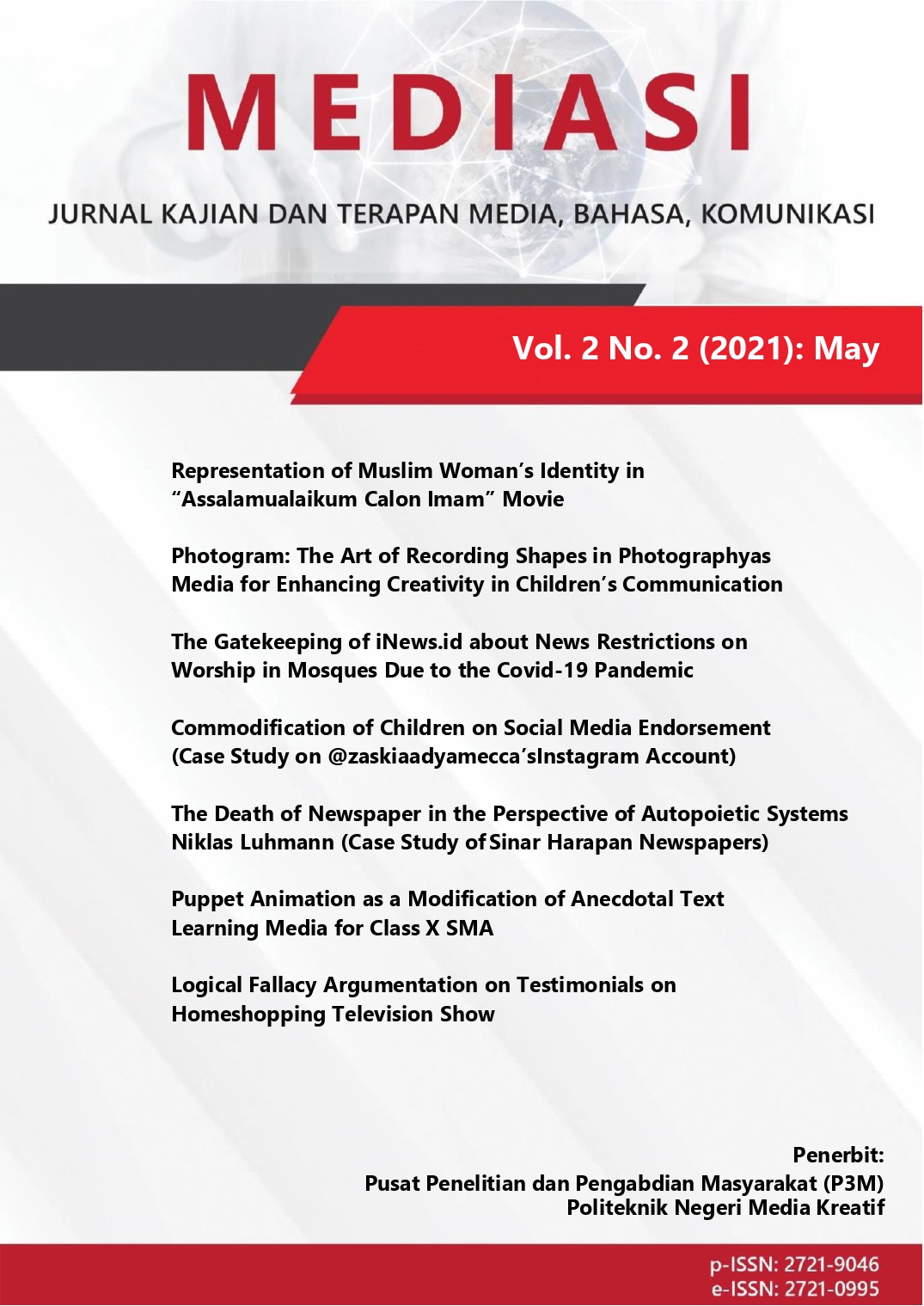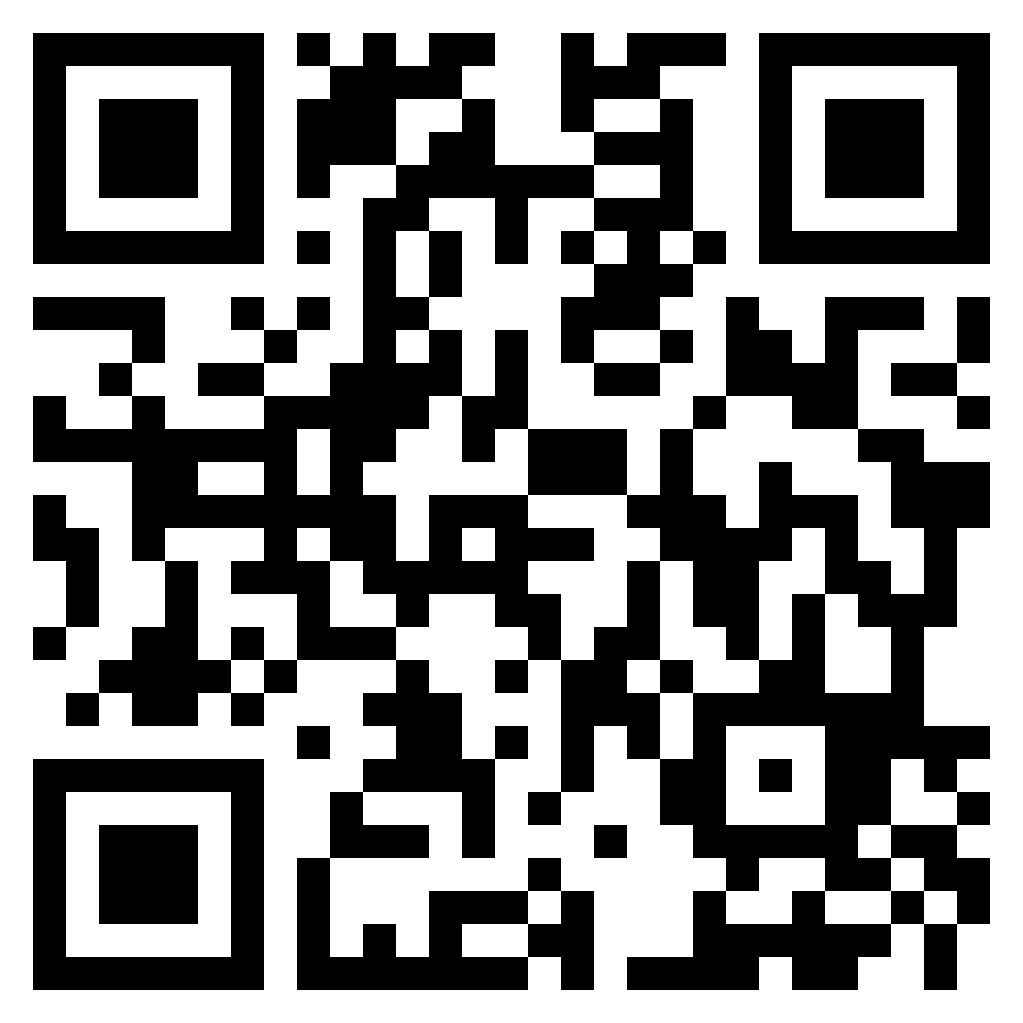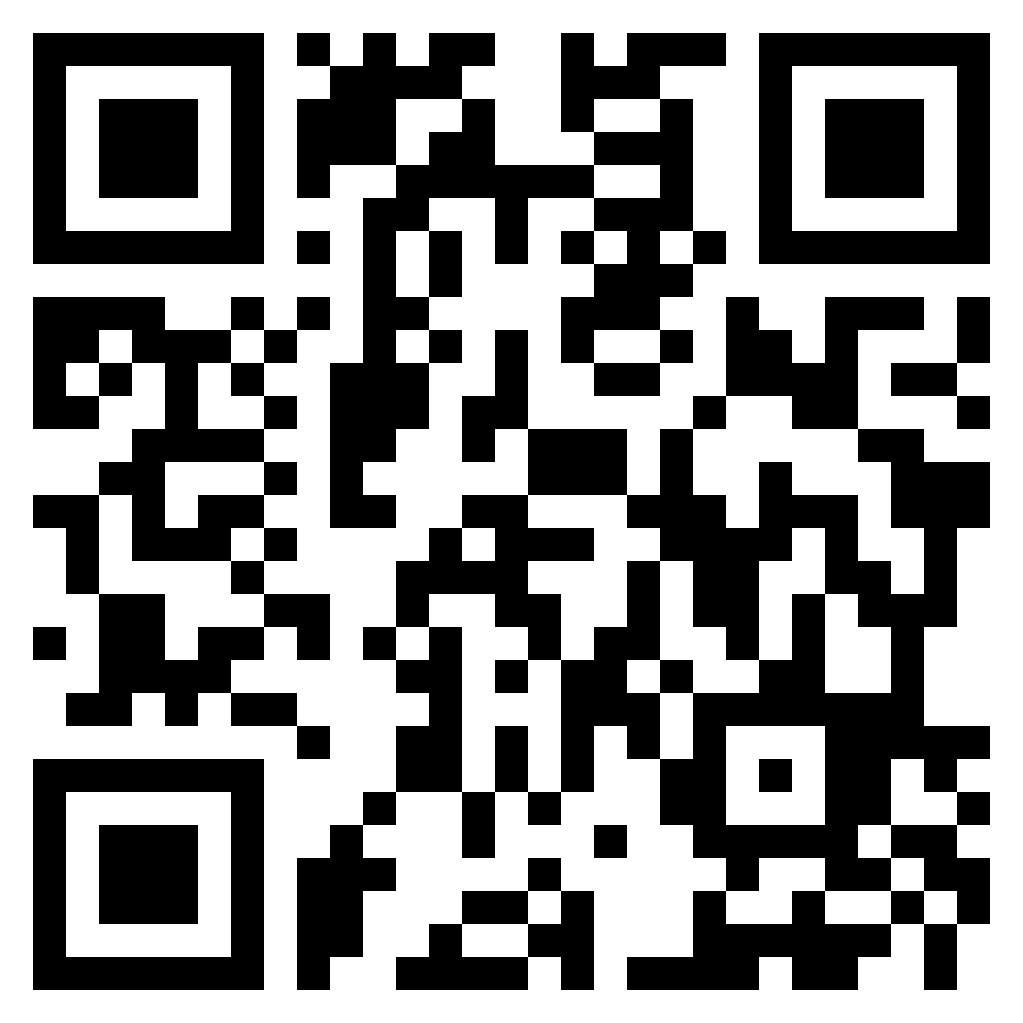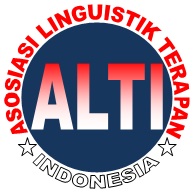Representation of Muslim Woman's Identity in "Assalamualaikum Calon Imam" Movie
DOI:
https://doi.org/10.46961/mediasi.v2i2.362Keywords:
film, perempuan muslim, representasi, semiotika,Abstract
Muslim women who were initially seen as women who focused on religion, in this film showed that Muslim women are also capable of being an academic and have other activities that tend to be done by men. This study aims to determine how the identity of modern Muslim women is shown through film media. This research uses Roland Barthes semiotic analysis method. This semiotic analysis focuses on reading texts through the stages of reading denotative meanings, connotative meanings, and then connecting with myths in analyzing the signs that are shown through scenes in the film. The results of this study indicate that Muslim women played by Fisya presented that women have the freedom to choose fashion and activity. Muslim women's fashion shown through the character Fisya is adjusted through the activities she does, thus showing that Muslim women's fashion can adjust to the situation. In addition, the activity also shows that Muslim women also have the freedom to determine what they want, starting in terms of academics and hobbies.
References
Ahmadi, D., & Yohana, N. (2007). Konstruksi Jilbab sebagai Simbol Keislaman. Jurnal MEDIATOR, 8(2), 235–248.
Barnard, M. (2009). Fashion Sebagai Komunikasi Cara Mengkomunikasikan Identitas Sosial, Seksual, Kelas, dan Gender (2nd ed.). Yogyakarta: Jalasutra.
Budiman, K. (2011). Semiotika Visual Konsep, Isu, dan Problem Ikonisitas (1st ed.). Yogyakarta: Jalasutra.
Hakim, L. (2013). Arus Baru Feminisme Islam Indonesia dalam Film Religi. Jurnal Komunikasi Islam, 03(02), 250–267.
Hall, S. (2003). The Work of Representation (In Representation 6th edition). London: SAGE Publications Ltd.
Illahiati, N. K. (2017). Diskursus Identitas Perempuan dalam Majalah Perempuan Muslim Indonesia. Jurnal Bahasa Dan Seni, 45(1), 86–98.
Nistria, D. (2013). Representasi Perempuan dalam Film Bertema Islam pada Film Perempuan Berkalung Sorban Karya Hanung Bramantyo. Jurnal Komunikasi Islam, 03(02), 1–14.
Sobur, A. (2015). Semiotika Komunikasi (5th ed.). Bandung: PT Remaja Rosdakarya.
Downloads
Published
How to Cite
Issue
Section
Citation Check
License
You are free to:
- Share — copy and redistribute the material in any medium or format
- Adapt — remix, transform, and build upon the material
- The licensor cannot revoke these freedoms as long as you follow the license terms.
Under the following terms: Attribution; NonCommercial; and no additional restrictions.















